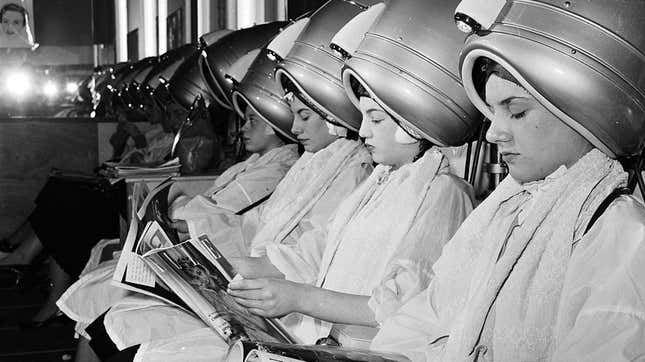Can Aspirational Women's Media Ever Be Inclusive?
Latest

To the casual reader, sites like Man Repeller, Refinery29, and Cosmopolitan were making strides to correct an outdated image of women’s media. Man Repeller, which began as founder Leandra Medine’s personal fashion blog in 2010, had expanded in recent years as a staffed website, posting articles on plus-size fashion, LGTBQ issues, and black haircare. Refinery29 began as a fashion blog but has since become a self-proclaimed “modern woman’s destination,” and Cosmopolitan swapped sex position tips for guides on how to donate to Black Lives Matter.
But as employees began to speak out about the racism they’ve experienced within these publications, much of that inclusive content seemed to be just for show. This month Leandra Medine, founder of the website Man Repeller, stepped down from the site and apologized to her readers following accusations of racism within the company. Refinery29’s global EIC Christene Barberich stepped down as well following detailed reports of the company’s racism and toxic work culture, which kept employees essentially chained to their desks churning out content. And former Cosmopolitan employees, including former Jezebel senior reporter Prachi Gupta, began sharing stories about racism at the magazine, including accusations that the title wanted to publish politics content but not alienate Trump supporters from their readership. Employees at the fashion and beauty website Who What Wear contradicted the website’s public support for Black Lives Matter as black employees spoke up about not being given the same opportunities as white women.
-

-

-

-

-

-

-

-

-

-

-

-

-

-

-

-

-

-

-

-

-

-

-

-

-

-

-

-

-

-

-

-

-

-

-

-

-

-

-

-








































